If you have been using the car for a long time, replacement parts cannot be avoided. And so that it is not too frequent, it is better to buy original parts. All parts are linked to the VIN-code of a particular car, and each has an article – a unique alphanumeric number. Usually it is embossed directly on the parts, but after some time it may change due to modernization.
Who should you contact first?
To find out if the part number that interests you has changed, you need to contact either a service center or a company that specializes in the delivery of customized auto parts. You can find the required part: by the VIN-code of the car, on the electronic base, by catalog number.If your machine is not new, the corresponding parts must be ordered online.
Using the electronic base of articles, you can find out the number of a certain part by entering the VIN code of the car into the search engine. You can buy a disc with this database, but the information it contains will become outdated over time. Any auto part can be identified by VIN-code.
On the websites of online stores, using the search service, you can find parts by make and year of manufacture of the car. But do not forget to clarify the relevance of such information. Non-original spare parts also have numbers and markings. Therefore, one must be able to distinguish analogs from fakes: the latter can be significantly inferior to duplicates in quality.
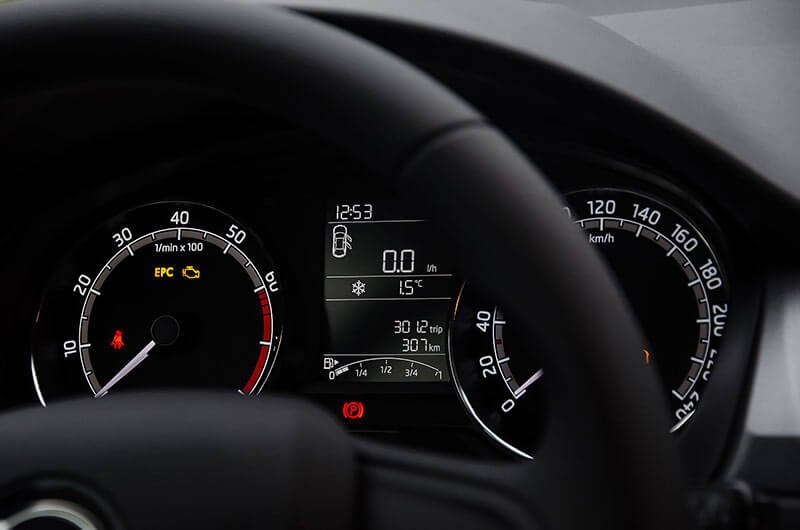

Why is the part number from the catalog useful?
There are situations when you need a catalog number for a particular part. Indeed, there are many brands and models of cars in the world, therefore, even experienced car owners do not always manage to find the necessary spare part, focusing only on the brand. A catalog number is a unique article assigned to a part by the development company of a particular model. If you know him, it will be easy to find the right parts.
What other search options are there?
Among its many methods, the most popular is Internet search: it does not require either financial costs or special skills. You just browse the catalogs and look for the parts you want. By shopping this way, you avoid tedious trips to car markets and specialty stores. Yes, delivery is usually paid, but what a time saving! You can also find the necessary spare part by VIN-code.
As you read the VIN, pay attention to the first three characters. The very first of them denotes the country of manufacture, the second denotes the enterprise where the car was manufactured, and the third denotes its type (passenger or truck). Having chosen a specific online store, be sure to check if its catalog contains a complete description of the parts you need. If it is, then feel free to order them. You can return the product to the store until the final order.


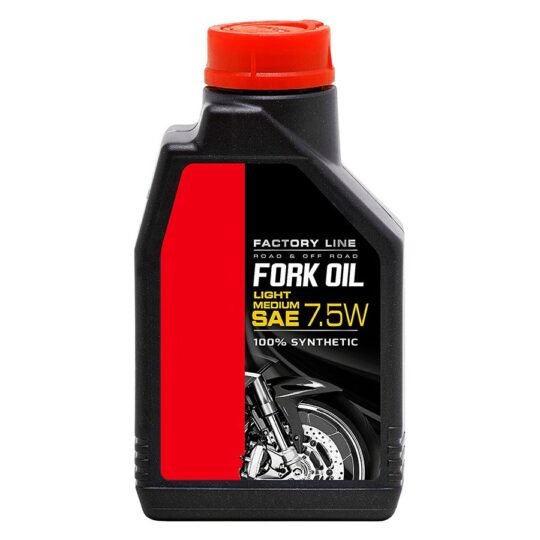


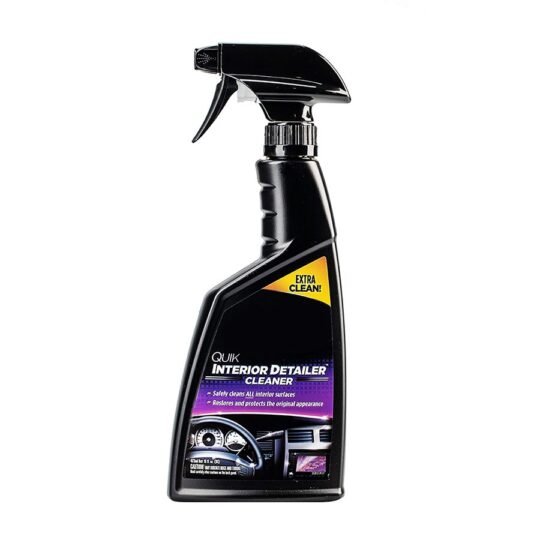
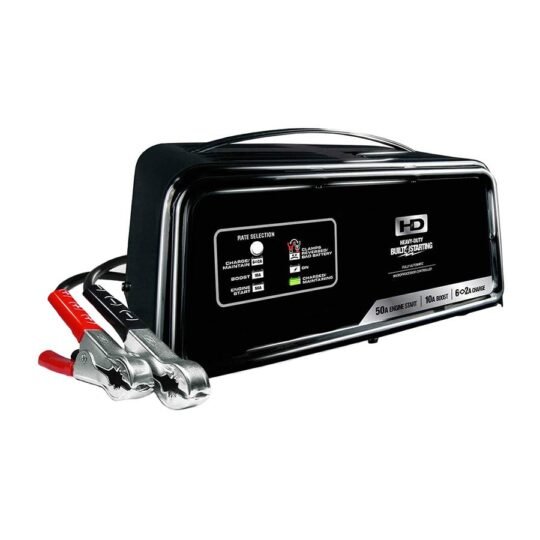

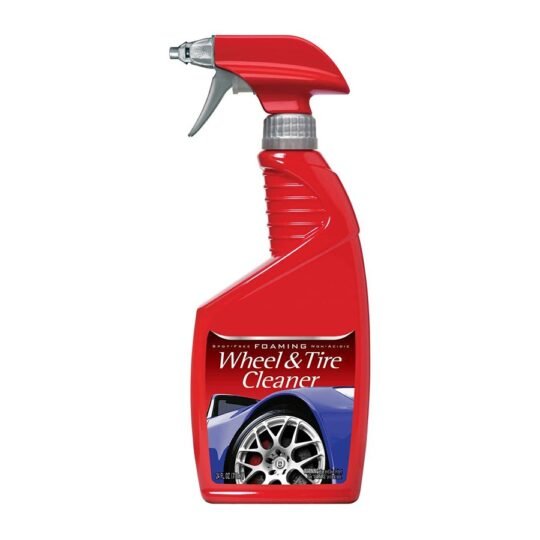
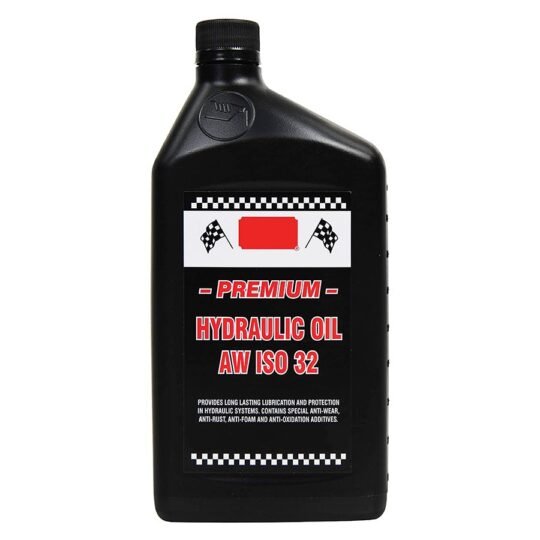












































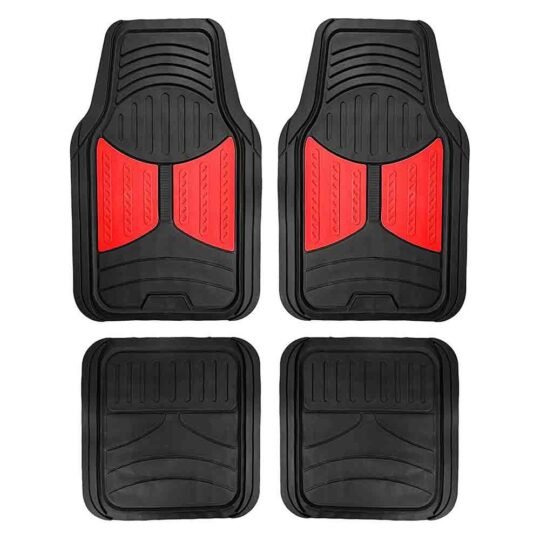





Leave a Reply